As a homeowner, you need to know your way around certain tools and maintenance tasks in order to fix the most basic malfunctions in your home. This way you don’t have to call in a professional every time there’s a small problem in your home that can be fixed with minimal DIY knowledge and few tools or equipment. However, there are some tasks that are a little more complicated, but at the same time even more rewarding than the simpler DIY projects.
Installing your own bathtub, for example, is more complex than changing a light bulb or painting a fence. But once you learn how to install one, as well as what parts are involved and how the tub functions, you’ll be a more informed homeowner, and greater knowledge of this particular task should help you in future repairs and tweaks of your bathtub. While replacing a tub and shower does sound quite complicated at first, it is actually not as difficult as you might think.
So, follow these most basic steps during your bathroom remodel and you should have no trouble updating your tub.
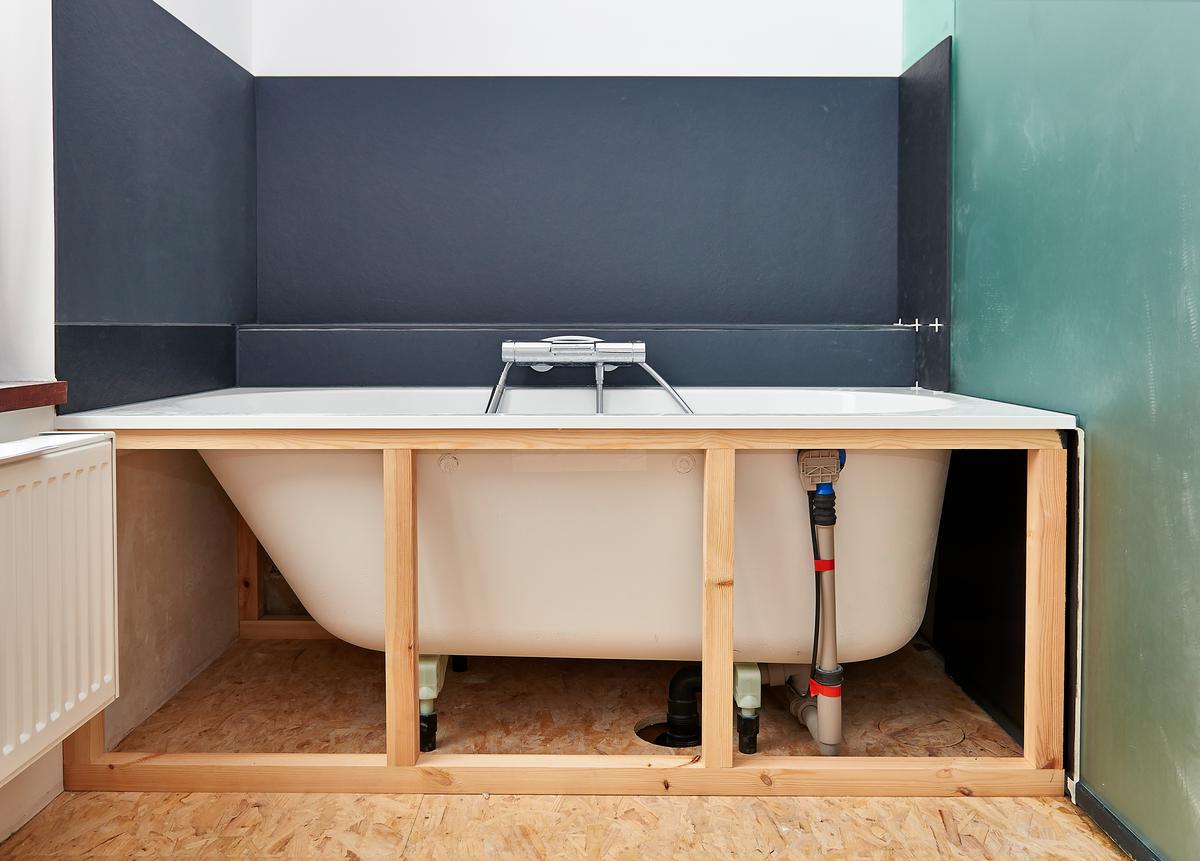
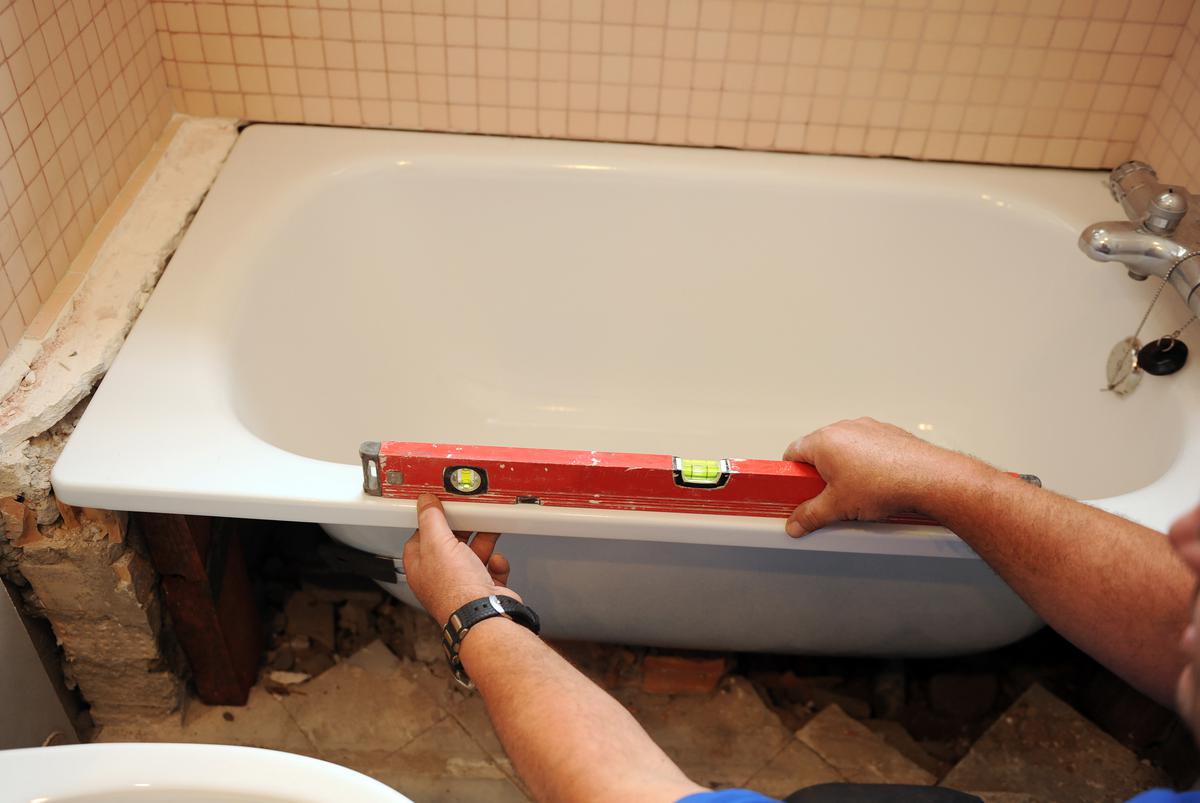
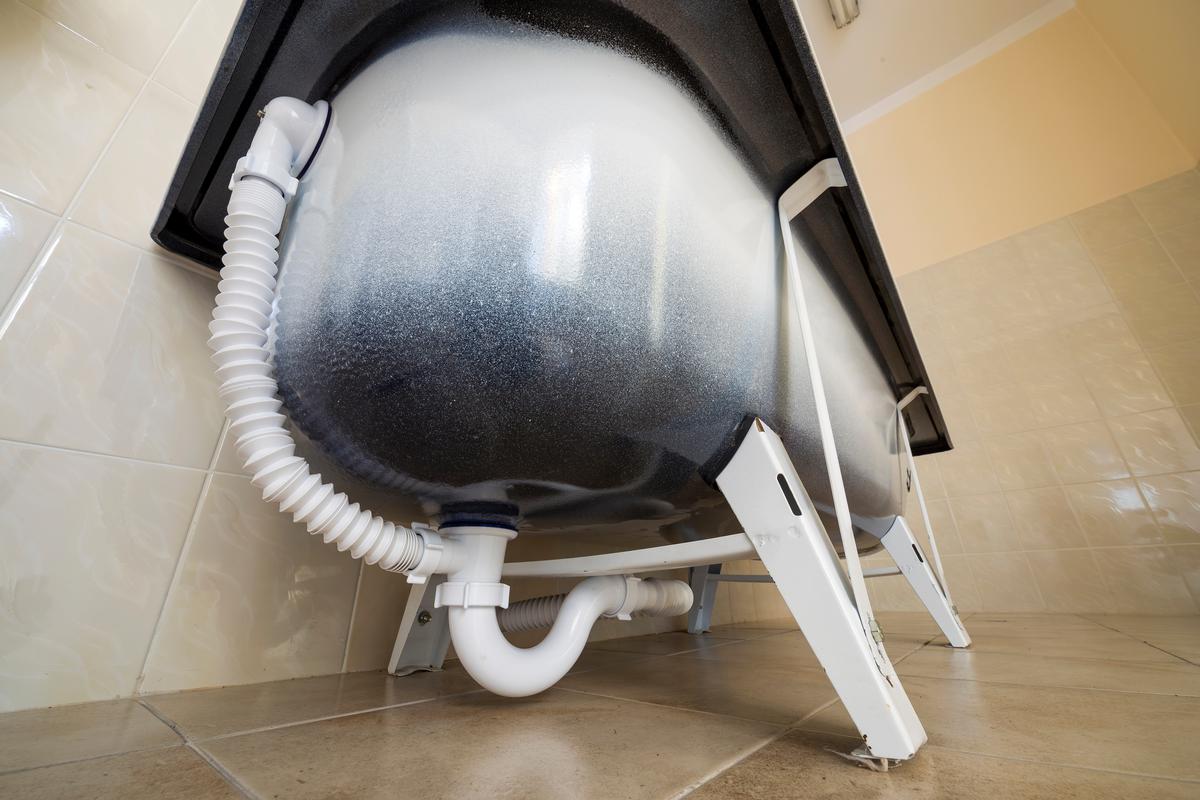
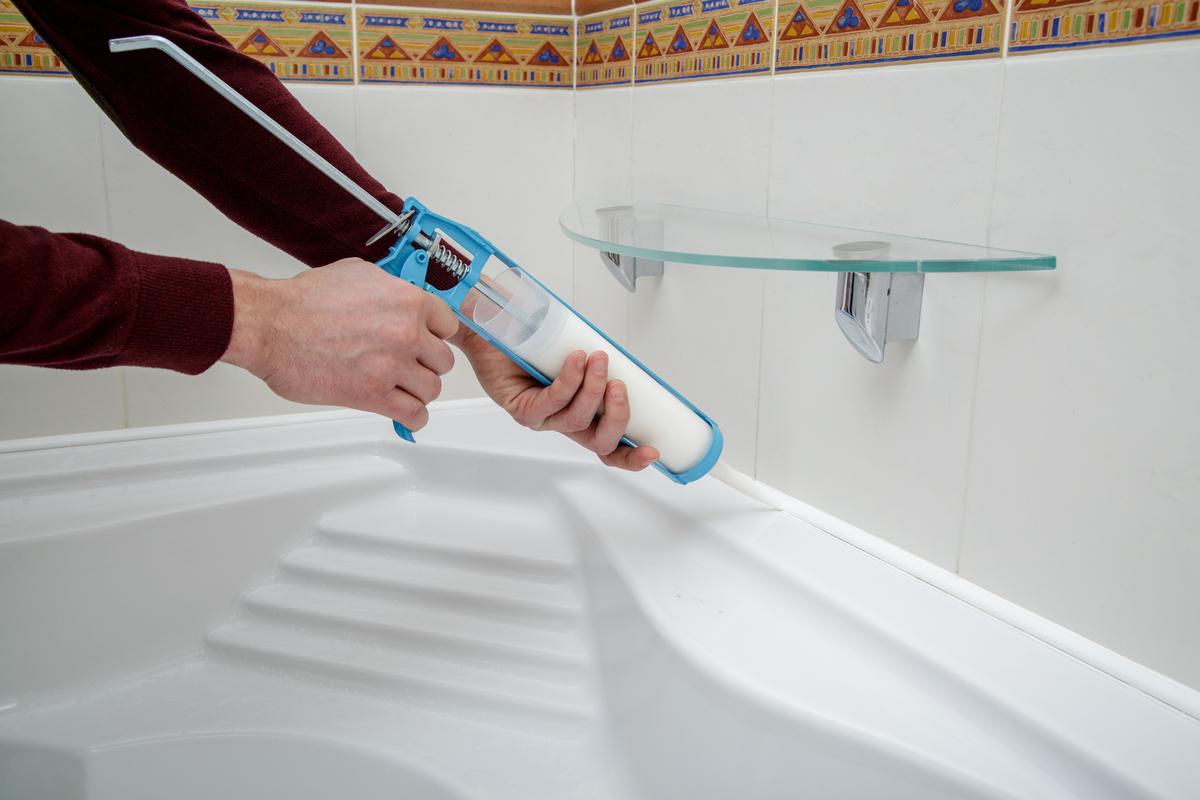
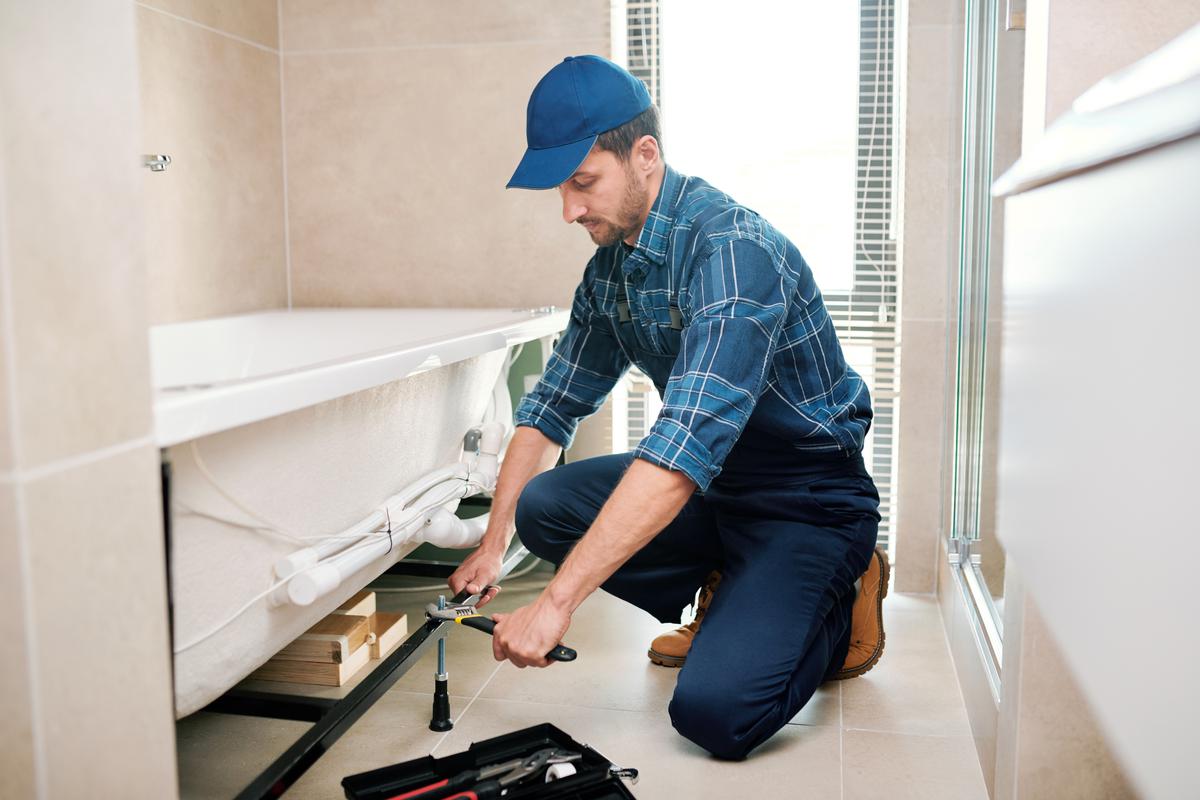
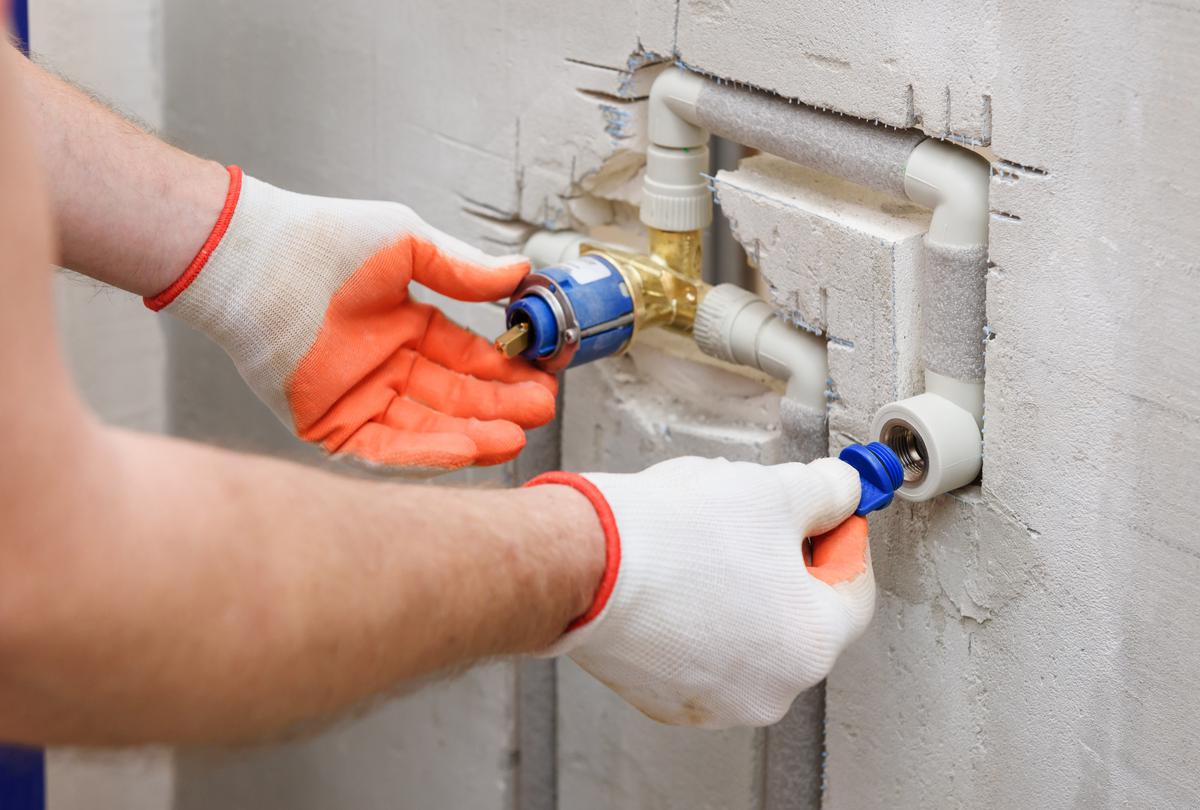
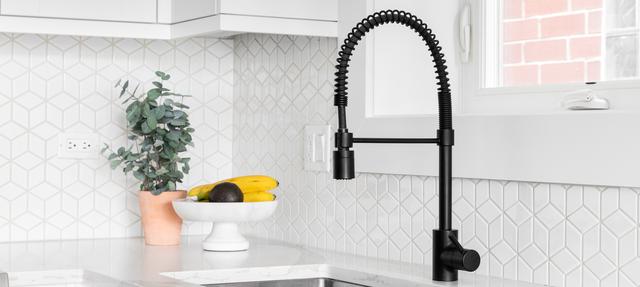
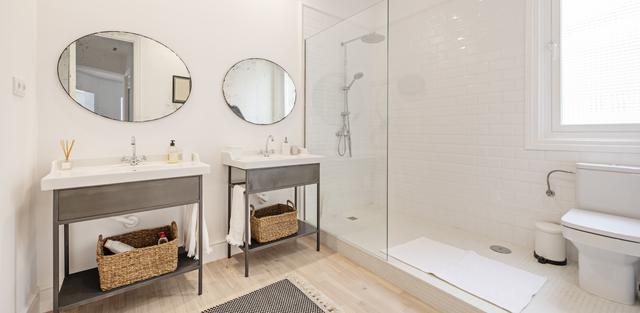
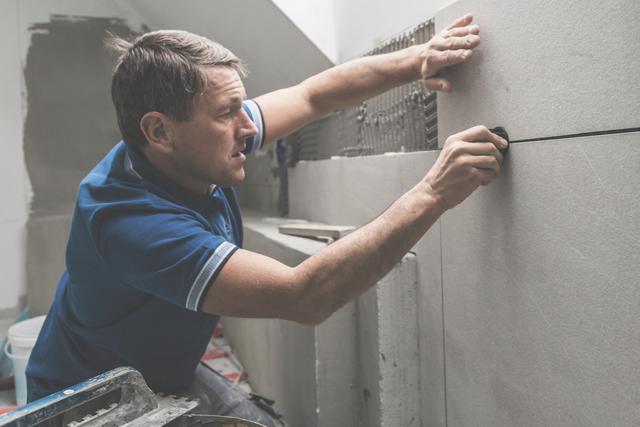

comments